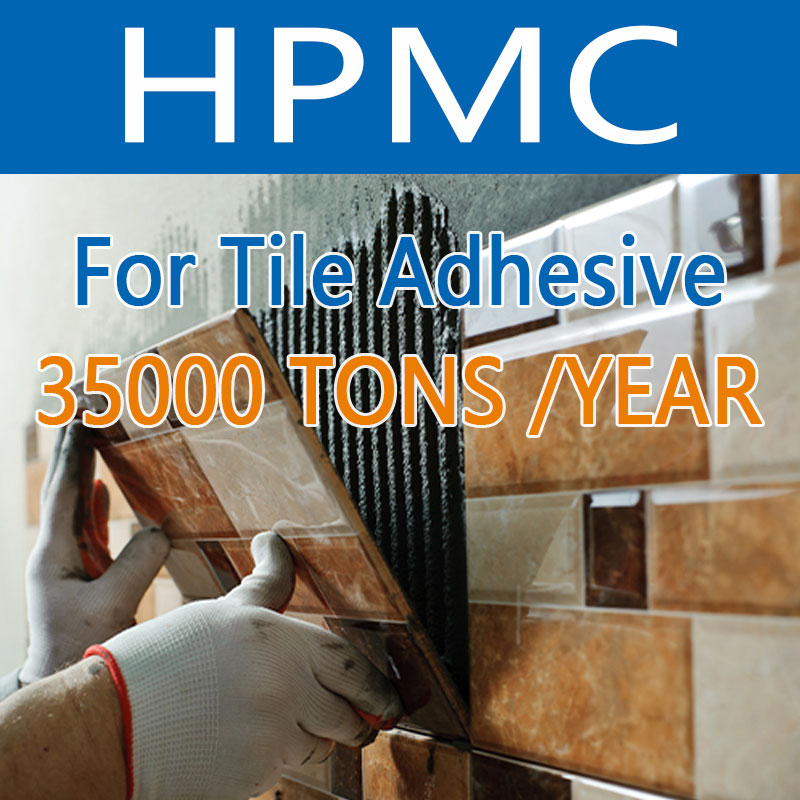In the dynamic world of construction, innovation is key to creating structures that are not just sturdy, but also sustainable and efficient. Enter Hydroxypropyl Methylcellulose (HPMC), a versatile chemical compound that is revolutionizing the building materials industry. From enhancing workability to improving durability, HPMC is a game-changer in construction applications. Let’s delve into the exciting realm of HPMC and its transformative impact on the construction sector.
- Superior Water Retention: HPMC’s exceptional water retention properties make it a coveted additive in cement-based materials such as mortars, renders, and tile adhesives. By efficiently retaining water within the mixture, HPMC prolongs the hydration process, allowing for better workability and extended application time. This not only enhances the ease of construction but also results in stronger, more durable structures.
- Enhanced Adhesion and Cohesion: As a vital component in construction formulations, HPMC acts as a powerful binder and thickener, improving the adhesion and cohesion of building materials. Whether used in plaster, stucco, or joint compounds, HPMC ensures optimal bond strength, reduced shrinkage, and improved crack resistance. The result? Smoother finishes, tighter seals, and structures that withstand the rigors of time and weather.
- Tailored Rheological Properties: HPMC offers unparalleled flexibility in controlling the rheological properties of construction materials. By adjusting the dosage and molecular weight of HPMC, builders can fine-tune parameters such as viscosity, sag resistance, and flow behavior to suit specific application requirements. Whether pouring self-leveling flooring or spraying textured coatings, HPMC empowers builders to achieve precise results with ease.
- Sustainable Solutions: Sustainability is at the forefront of modern construction practices, and HPMC aligns perfectly with this ethos. Derived from renewable cellulose sources, HPMC is biodegradable, non-toxic, and environmentally friendly. Its eco-conscious profile makes it an ideal choice for green building projects seeking to minimize environmental impact without compromising performance or quality.
- Versatility Across Applications: HPMC’s versatility knows no bounds, extending beyond traditional cementitious materials to encompass a wide range of construction products. From gypsum-based plasters to exterior insulation systems, HPMC finds applications in various formulations, offering consistent performance and reliability across diverse construction projects.
- Compliance and Safety: HPMC meets stringent regulatory standards for construction materials, ensuring compliance with safety, health, and environmental regulations. Its low emission profile and non-toxic nature make it a preferred choice for indoor applications, promoting healthier living and working environments for occupants.
In conclusion, Hydroxypropyl Methylcellulose (HPMC) is spearheading a paradigm shift in the construction industry, offering unparalleled versatility, sustainability, and performance in building materials. As builders strive to create structures that are not only functional but also environmentally responsible, HPMC emerges as a beacon of innovation, paving the way for a brighter, greener future in construction. With HPMC as a cornerstone, the possibilities for creating sustainable, resilient, and aesthetically pleasing structures are truly limitless.


